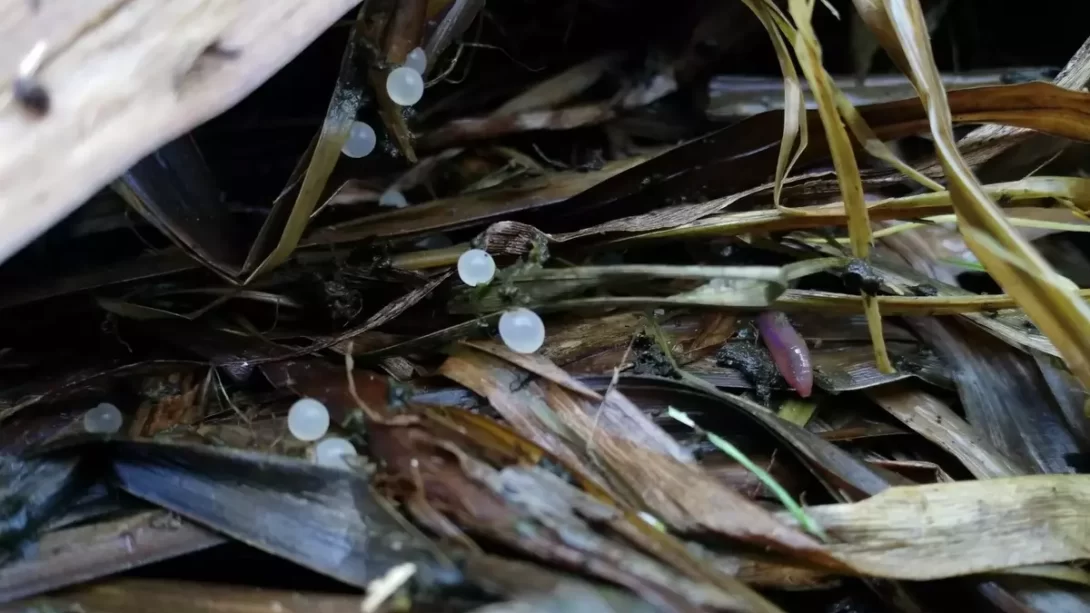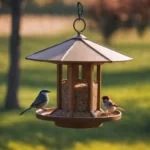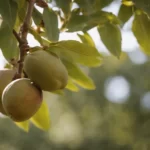Slugs are a familiar sight in gardens around the world, often regarded as pests due to their tendency to feed on a variety of plants. An understanding of their reproductive habits, particularly whether slugs lay eggs, is essential for effective garden management. This article delves into the fascinating world of slug biology, shedding light on their reproductive cycle and the implications for gardeners.
Basic Biology of Slugs
Slugs are gastropod mollusks, closely related to snails but without a prominent external shell. They are known for their soft, elongated bodies, covered with mucus, and their ability to glide along a slime trail. Slugs have a complex reproductive system, and most species are hermaphrodites, meaning they possess both male and female reproductive organs. This biological feature plays a significant role in their reproductive strategies and success in various environments.
The Reproductive Cycle of Slugs
The reproductive cycle of slugs involves both mating and egg-laying processes. Although slugs are hermaphrodites, they typically mate with another individual to fertilize their eggs. Mating can occur at various times throughout the year, depending on the species and environmental conditions. After mating, slugs lay eggs, completing their reproductive cycle. The frequency of egg-laying and the number of eggs produced can vary greatly among different slug species, influencing their population dynamics in garden environments.
Slug Egg Laying Process
Once fertilization occurs, slugs begin the process of laying eggs. Slug eggs are typically small, spherical, and slightly translucent, resembling tiny pearls. These eggs are often laid in clusters in moist, protected environments such as under logs, stones, or leaf litter, and sometimes even in the soil. The choice of location is crucial as it provides the necessary humidity and shelter for the eggs to develop safely. The number of eggs in a clutch can vary, but it’s common for a slug to lay dozens of eggs at a time, contributing to their potential for rapid population growth in favorable conditions.
Lifecycle of a Slug from Egg to Maturity
The lifecycle of a slug begins as an egg. After a period of incubation, which can last several weeks depending on environmental conditions, a tiny slug hatches. These juvenile slugs will go through several growth stages, feeding voraciously and often undergoing several rounds of moulting before reaching full maturity. The speed of a slug’s development from egg to adult is influenced by factors such as temperature, humidity, and availability of food. In ideal conditions, a slug can reach maturity in a matter of months, ready to start the reproductive cycle again.
Identifying and Managing Slug Eggs in the Garden
For gardeners, identifying and managing slug eggs is a key step in controlling slug populations. Slug eggs can be found by carefully inspecting potential hiding places, especially in damp, shaded areas of the garden. If you find slug eggs, they can be removed by hand or treated with environmentally friendly methods to prevent hatching. Managing garden debris, reducing excessive moisture, and maintaining healthy soil can also help control slug populations by creating less favorable conditions for them. Natural predators, such as birds, beetles, and frogs, can also play a role in keeping slug numbers in check.
Preventive Measures to Discourage Slug Infestations
Prevention is key in managing slug populations in the garden. Creating an environment that is less hospitable to slugs can significantly reduce the likelihood of infestation. This includes avoiding overwatering, as slugs thrive in moist conditions. Employing good gardening practices such as regular weeding and removing plant debris can eliminate potential slug habitats. Encouraging biodiversity in the garden by attracting natural predators of slugs, such as birds and beneficial insects, can also help keep slug populations under control.
Natural and Chemical Solutions for Slug Control
In addition to physical removal of eggs and preventive gardening practices, there are various natural and chemical solutions available for slug control. Natural methods include using barriers like diatomaceous earth or copper strips around plants, as slugs are deterred by these materials. Beer traps are another popular home remedy. For more severe infestations, chemical slug baits can be used, but it’s important to choose products that are safe for the environment and non-target species. Always follow the instructions carefully when using any chemical treatments in the garden.
Conclusion
Understanding the reproductive habits of slugs, including their egg-laying behavior, is crucial for effective garden management. Slugs can lay a significant number of eggs, leading to rapid population growth under favorable conditions. By identifying and removing slug eggs, employing preventive gardening practices, and using natural or chemical control methods as needed, gardeners can effectively manage slug populations. This not only protects plants from damage but also contributes to a healthier and more balanced garden ecosystem. Through informed and proactive measures, the challenge of slugs in the garden can be successfully managed.




